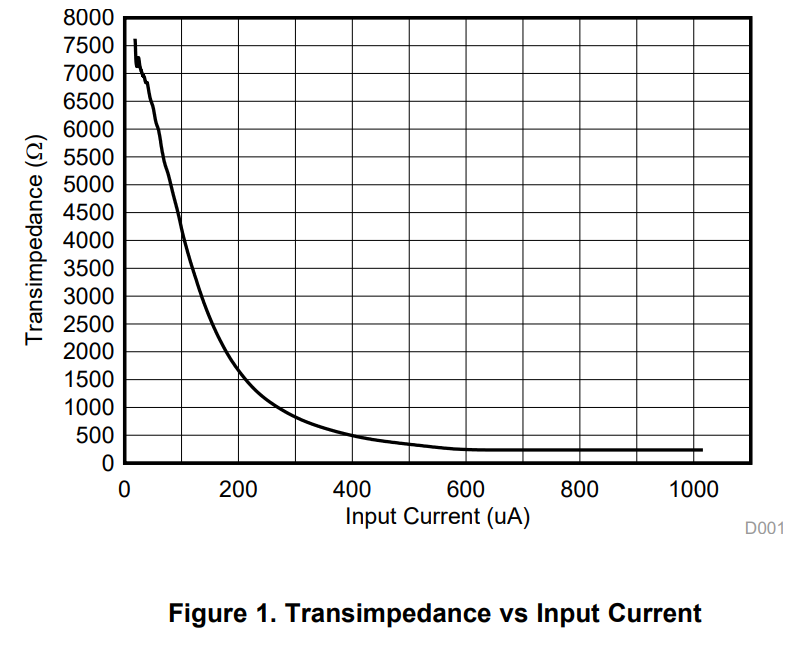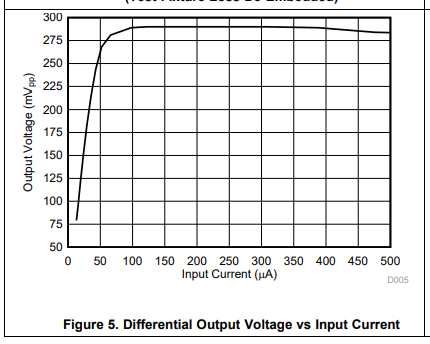Dear TI Experts,
I am trying to understand how figures 1 and 5 in the ONET2804TLP datasheet relate to each other. I would expect that the transimpedance of the amplifier would be defined as the gradient of the I-V curve in figure 5. However figure 1 shows that it is still non-zero for input currents where figure 5 is flat. How, then, is the transimpedance defined in the case of figure 1? And what is the reason that the transimpedance is not flat for input currents up to ~50uA (then dropping rapidly to zero)?
Thanks for you help with this.
Kind regards,
Joel



